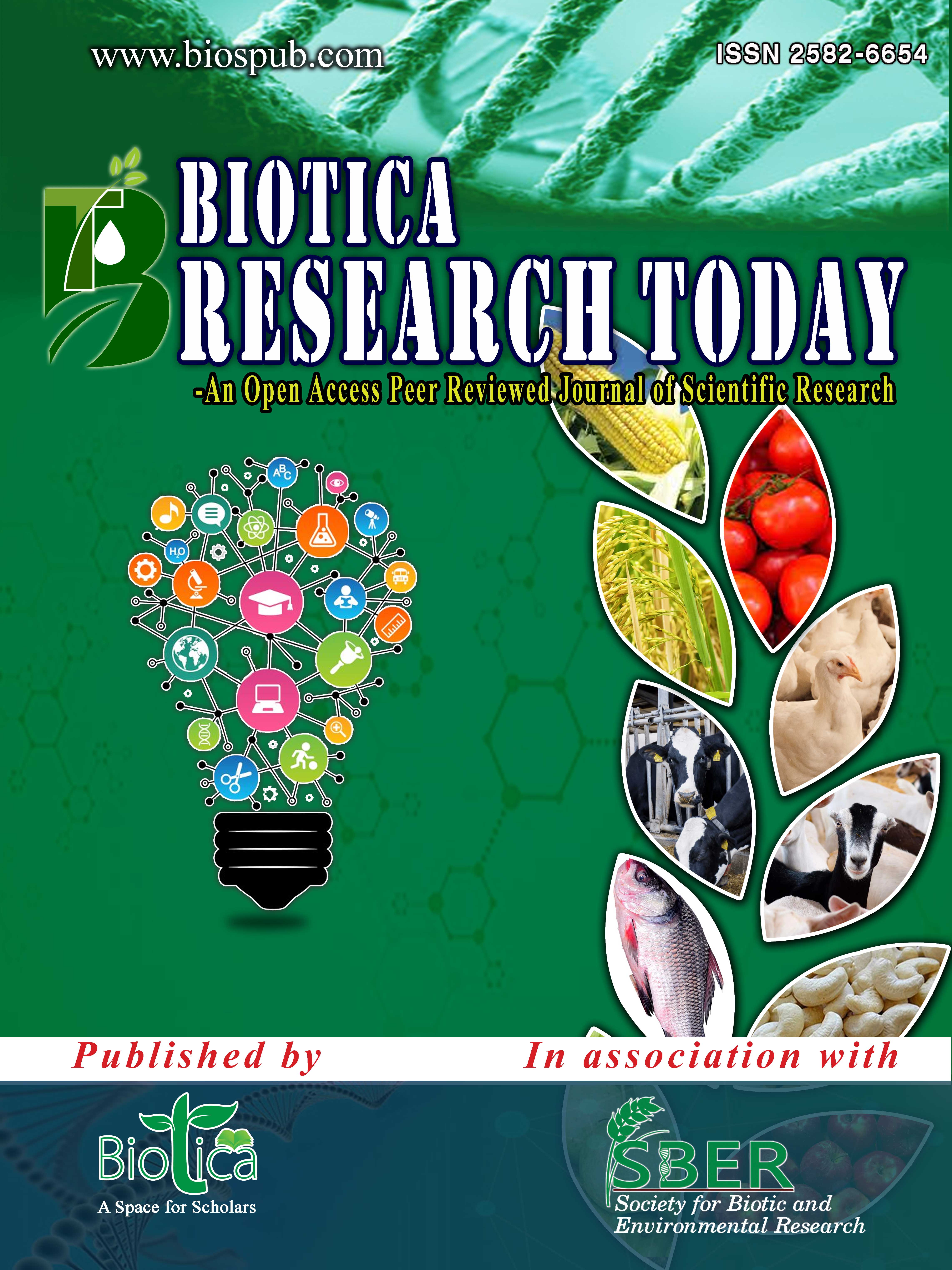Phytoremeditation: A Potential Tool for Waste Water Recycling
DOI:
https://doi.org/10.54083/ResBio.1.1.2019.05-08Keywords:
phytoremediation, waste water, water recyclingAbstract
Plants can be used in the cleanup and prevention of environmental pollution. This relatively new and green technology that uses natural processes to break down, stabilize, or accumulate pollutants. Phytoremediation-related processes might amend the situation or chemical makeup of contaminants. Multidisciplinary studies will help to develop a better understanding of the ecological interactions that contribute to phytoremediation, the effects of phytoremediation on ecological relationships, and the movement of pollutants through ecosystems. Phytoremediation, requires careful choice of plant species and management practices are key to promoting ecological restoration and preventing pollutant dispersal. Native/local plant species with effective remediation properties should be used that provide natural hydraulic control and soil stabilization should be selected.
Downloads
Downloads
Published
How to Cite
Issue
Section
Categories
License
Submission of a manuscript implies that when the manuscript is accepted for publication, the authors agree to automatic transfer of the copyright to the publisher (or grant the Publisher exclusive publication and dissemination rights). The Biotica, as the publisher, has the right to enter into any agreement with any organization in India or abroad engaged in reprography, photocopying, storage and dissemination of information contained in this journal. The Biotica has no objection in using the material, provided the information is being utilized for academic purpose but not for commercial use. Due credit line should be given to Biotica where information will be utilized.









 |
|


